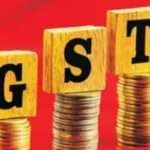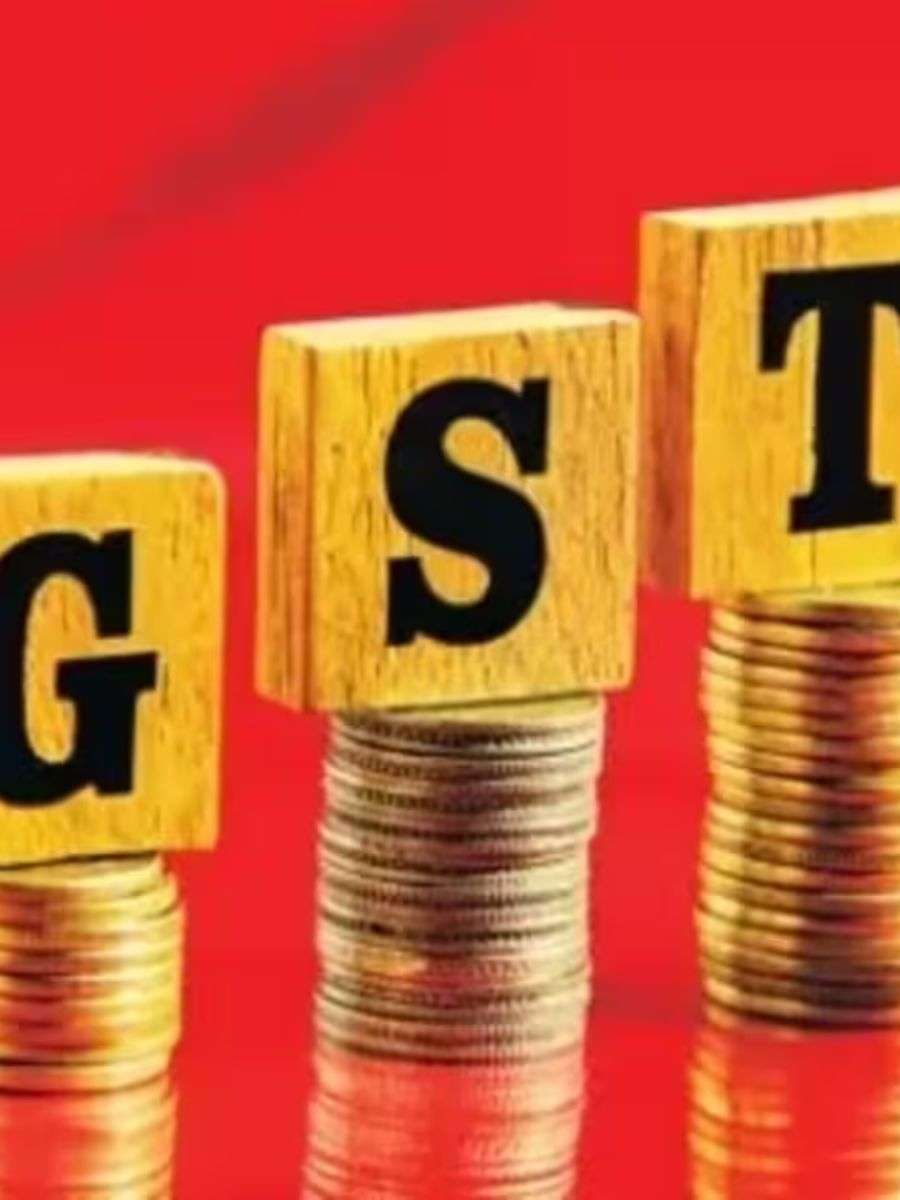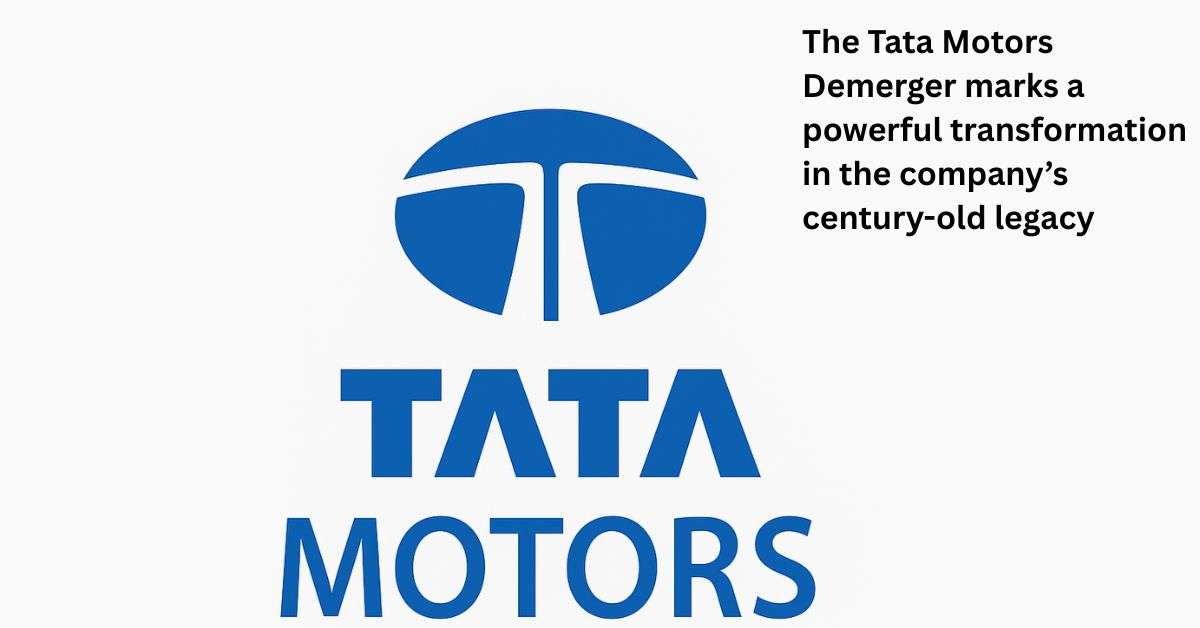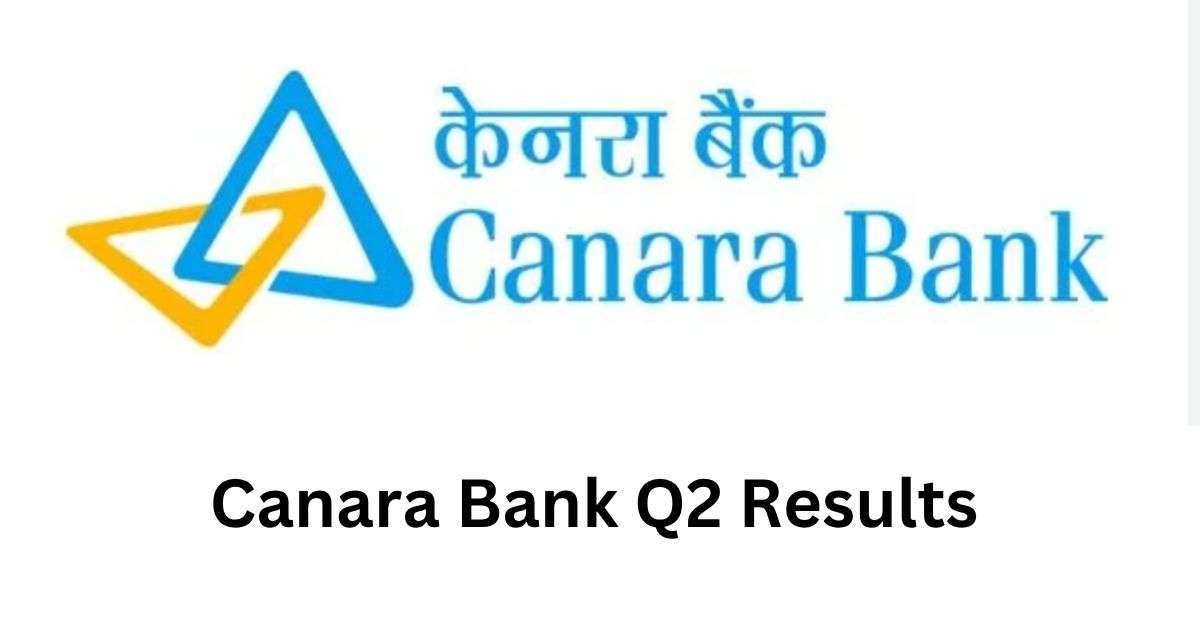Introduction
GST Reforms in India have always been a hot topic for businesses, households, and policymakers. In his recent Independence Day speech, Prime Minister Narendra Modi unveiled what he called “next-generation GST reforms,” a bold move aimed at reducing the tax burden for millions of citizens. These reforms are expected to be rolled out by Diwali 2025, offering what Modi described as a “double Diwali gift” to the people of India.
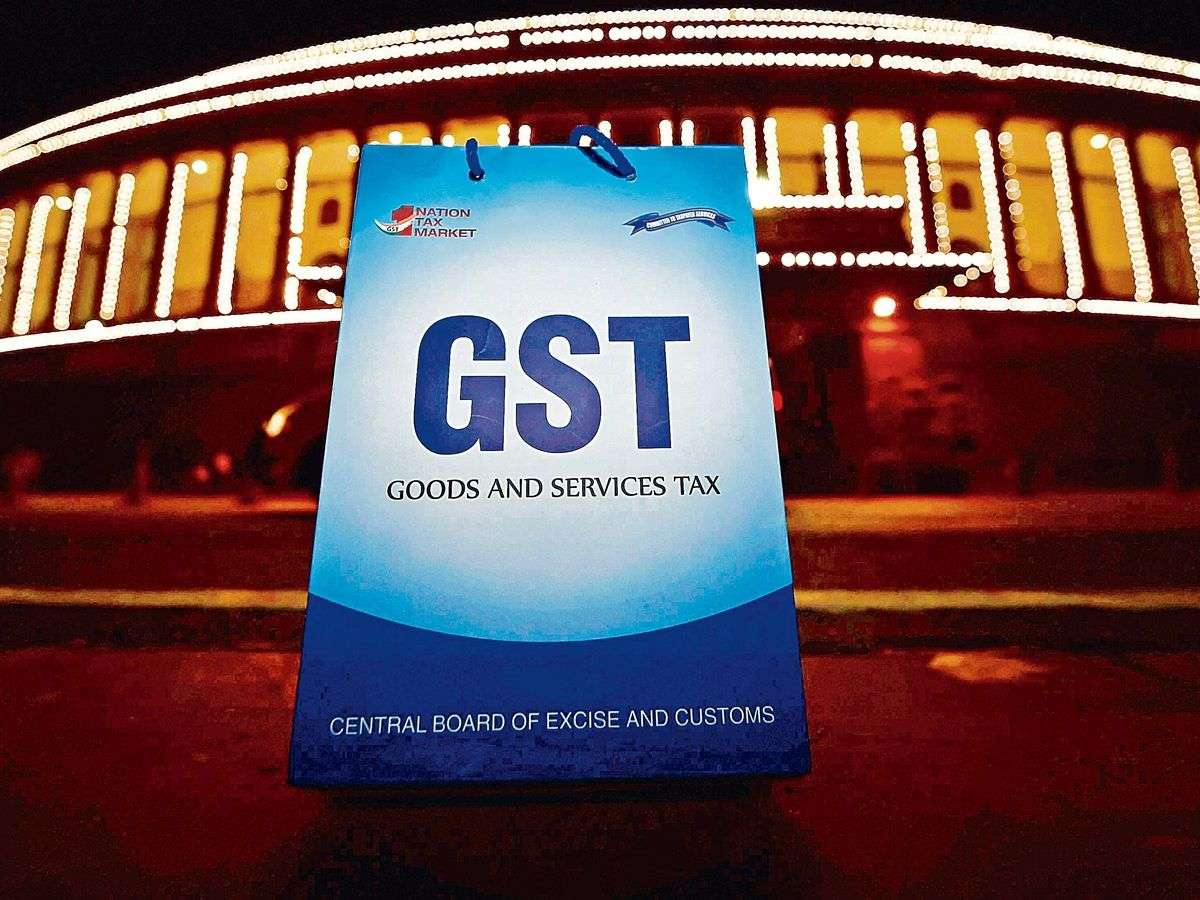
The reforms propose slashing tax rates for a wide range of goods, making everyday essentials, household products, and even consumer electronics more affordable. At the same time, a new 40% slab for sin goods like tobacco and alcohol ensures that harmful products remain heavily taxed.
This major tax overhaul is not just about lower prices; it’s also a push to boost consumption, encourage domestic manufacturing, and strengthen the Indian economy. Let’s break down what these changes mean and, most importantly, what will get cheaper after the reforms.
GST Reforms in India 2025: Understanding GST in India Today
A complicated network of indirect taxes, including service tax, VAT, and excise duty, was superseded by the Goods and Services Tax (GST), which was implemented in 2017. It reduced cascading tax impacts and simplified corporate taxation by establishing a standard system throughout India.
Currently, GST has four major slabs:
- 5% – Essential goods and services
- 12% – Semi-essential household and food items
- 18% – Standard goods and services
- 28% – Luxury and high-end products
This multi-slab structure, while comprehensive, has also caused confusion and compliance burdens. Many everyday goods fell into the 12% and 28% categories, keeping prices higher than necessary. With inflation already impacting families, the reforms aim to simplify slabs and make goods more affordable.
GST Reforms in India 2025:The Next-Generation GST Reforms Explained
The upcoming GST Reforms in India focus on restructuring slabs to make taxation simpler and more consumer-friendly. Here’s what Modi’s announcement entails:
- Three-Slab Structure – Instead of four major slabs, the new system will have just three: 5%, 18%, and 40%.
- Cheaper Essentials – Almost all items currently under the 12% slab will move to 5%, reducing prices on groceries, medicines, footwear, and household goods.
- Affordable Consumer Durables – Goods currently under the 28% slab, such as televisions, refrigerators, and washing machines, will shift to 18%, making them significantly cheaper.
- Higher Sin Tax – Products like cigarettes, alcohol, and beer will face a steep 40% GST, ensuring that harmful consumption remains costly.
This rationalisation is designed to reduce confusion, cut costs, and stimulate spending. By putting more money in people’s hands, it is expected to drive higher demand across sectors, supporting businesses while benefiting consumers.
GST Reforms in India 2025: Goods Moving from 12% to 5%
One of the most positive aspects of the reforms is the reduction of tax on goods currently in the 12% category. For middle-class households, this is a direct relief on daily expenses. Items that could become cheaper include:
- Food Products: Condensed milk, dried fruits, frozen vegetables, jams, pasta, namkeens (like bhujiya), and sausages.
- Household Items: Tooth powder, feeding bottles, utensils, umbrellas, and carpets.
- Clothing & Accessories: Footwear under ₹1,000, handbags made of jute or cotton, and pencils.
- Agriculture & Mobility: Bicycles and agricultural equipment.
For example, a pair of footwear costing ₹800 currently attracts 12% GST, making it ₹896. Under the new slab of 5%, it would cost just ₹840. While the difference seems small for one purchase, across millions of buyers, the savings are massive.
This move directly helps families, farmers, and students, reducing household budgets and making essentials more accessible.
GST Reforms in India 2025: Goods Moving from 28% to 18%
Luxury tax rates have long been a pain point for consumers. Many middle-class families consider televisions, washing machines, and refrigerators as necessities, not luxuries. Under the new reforms, these products will finally become more affordable.
Items expected to move from 28% to 18% include:
- Electronics: Televisions, washing machines, refrigerators, and air conditioners.
- Furniture & Lifestyle Products: High-end furniture and household improvements.
- Vehicles: Certain small cars and two-wheelers.
For example, a washing machine priced at ₹20,000 under the 28% slab costs ₹25,600. With an 18% slab, the final price drops to ₹23,600—saving ₹2,000 instantly.
This shift not only reduces prices for consumers but also stimulates demand, supporting India’s Make in India program by encouraging domestic production of electronics and appliances.
GST Reforms in India 2025: Impact on Consumers and the Economy
The impact of these GST Reforms in India goes beyond individual savings. Lower prices on essentials and appliances can significantly boost consumption, which in turn drives production, investment, and employment.
- For Households: Families save more on groceries, education, insurance, and household products.
- For Farmers: Cheaper agricultural tools and bicycles reduce rural expenses.
- For Businesses: SMEs and local manufacturers benefit from reduced raw material costs, encouraging growth.
- For the Economy: Higher consumption leads to greater tax compliance, reducing evasion and widening the tax base.
By balancing affordability for citizens and revenue for the government, these reforms are a transformative step toward a stronger economy.
GST Reforms in India 2025: Conclusion
The upcoming GST Reforms in India 2025 mark a historic shift in the country’s tax landscape. By reducing slabs, making essentials cheaper, and cutting prices on consumer durables, the reforms promise huge savings for families and a powerful boost for the economy.
While critics may point out that revenue concerns remain, the broader benefits—lower household expenses, higher consumption, and job creation—make this a reform worth celebrating. If implemented by Diwali 2025, as promised, this could truly be the double Diwali gift that Prime Minister Modi envisioned.
FAQs
1. What are GST reforms in India 2025?
The impending revisions lower taxes on necessities and consumer products by simplifying the GST slabs to 5%, 18%, and 40%.
2. Which items will get cheaper under the new GST reforms?
Groceries, medicines, bicycles, footwear under ₹1,000, televisions, washing machines, and refrigerators are among the items expected to see price cuts.
3. When will the new GST reforms be implemented?
Prime Minister Modi made a suggestion that by Diwali 2025, changes will be put into effect.
4. What is the new 40% GST slab for?
The 40% slab is meant for sin goods like tobacco, alcohol, and cigarettes.
5. How will GST reforms impact the economy?
They will reduce household costs, boost consumption, encourage manufacturing, and create jobs while simplifying tax compliance.
ZERODHA 1) : https://zerodha.com/open-account?c=EJ4366
Angelone 2) : https://tinyurl.com/2gloc3g6 or
Upstox3): https://link.upstox.com/9w4tNo1rK8au7VK47





